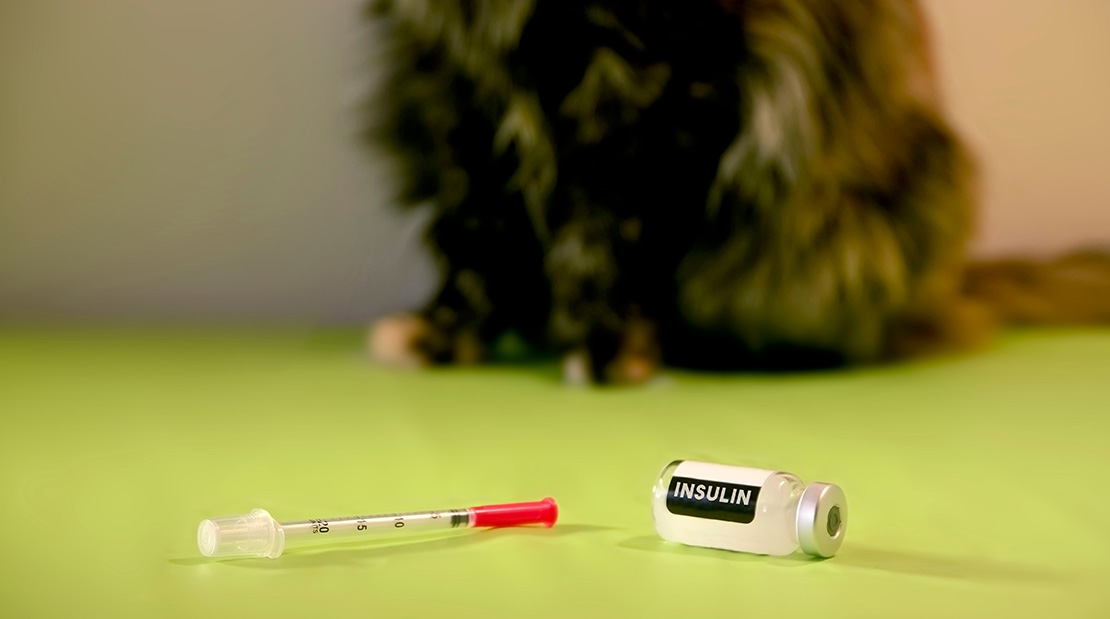
Decoding Diabetes in Pets
As a veterinarian, I often come across various health issues in pets, and diabetes is one of those that stands out. This condition can seriously influence a pet’s quality of life and their longevity. It’s important for caregivers to know the signs of diabetes in our furry friends and learn how to manage it effectively.
Recognizing Diabetes in Pets
Spotting diabetes in a dog or cat isn’t always straightforward. It usually begins with subtle changes like increased thirst and frequent urination. You might also notice unexpected accidents around the house.
In addition to these telltale signs, you may also notice:
- Weight loss, despite a consistent or heightened appetite.
- Clouded eyes (particularly in dogs).
- Chronic or recurring infections.
- Slow healing wounds or sores.
Diabetes can occur at any age, but it’s more commonly diagnosed in pets older than six years and female dogs are diagnosed with diabetes twice as often as males. If you notice any symptoms of diabetes in your pet, it’s time to make an appointment with your veterinarian.
Understanding the Types of Pet Diabetes
In humans, you may be aware of type 1 and type 2 diabetes. Things can be a little different with pets. Type 1 diabetes is most common in dogs. With this type of diabetes, the pancreas doesn’t produce enough insulin.
Cats, however, can have either type 1 or type 2 diabetes. Type 2 diabetes is often linked to pets that are overweight or obese. No matter the type, understanding, and managing diabetes is crucial for your pet’s well-being.
Managing Diabetes in Pets
The treatment for pet diabetes often mirrors human treatments. Insulin injections are a common method of managing this condition, helping to regulate blood sugar levels. A balanced diet and regular exercise are also vital in management. High-fiber prescription diets can be an effective intervention to help regulate your pet’s blood glucose levels.
It’s worth noting that cats can occasionally go into remission from diabetes, while dogs usually require lifelong insulin. Consistency in insulin and feeding schedules, combined with a balanced diet and exercise, is the most effective strategy for managing diabetes in pets.
Leveraging Technology for Diabetes Management
At Cy-Fair Animal Hospital, we’re emphasizing technology to provide better care for our patients. We have implemented the use of the Freestyle Libre, a subcutaneous device that can help YOU monitor your pets insulin levels. This small sensor is applied to your pet’s back and allows you to keep tabs on their glucose levels at home with your smartphone.
The Freestyle Libre not only provides instant readings but also charts your pet’s insulin levels over time. This helps us regularly monitor their condition more effectively without the stress of hospitalization, which can sometimes cause artificially elevated glucose levels.
Understanding the symptoms and knowing how to manage diabetes can significantly improve your pet’s quality of life. If you suspect your pet may have diabetes, don’t hesitate to consult your vet. With the right treatment and care, pets with diabetes can still live happy and healthy lives.

